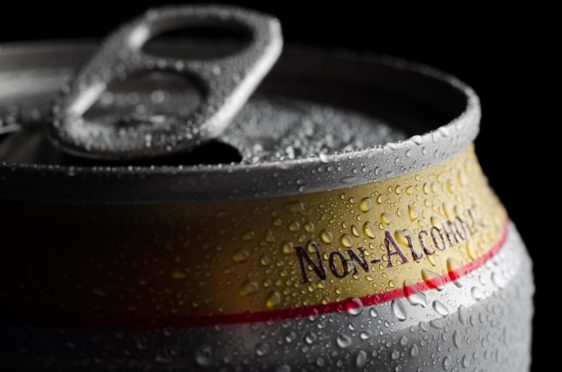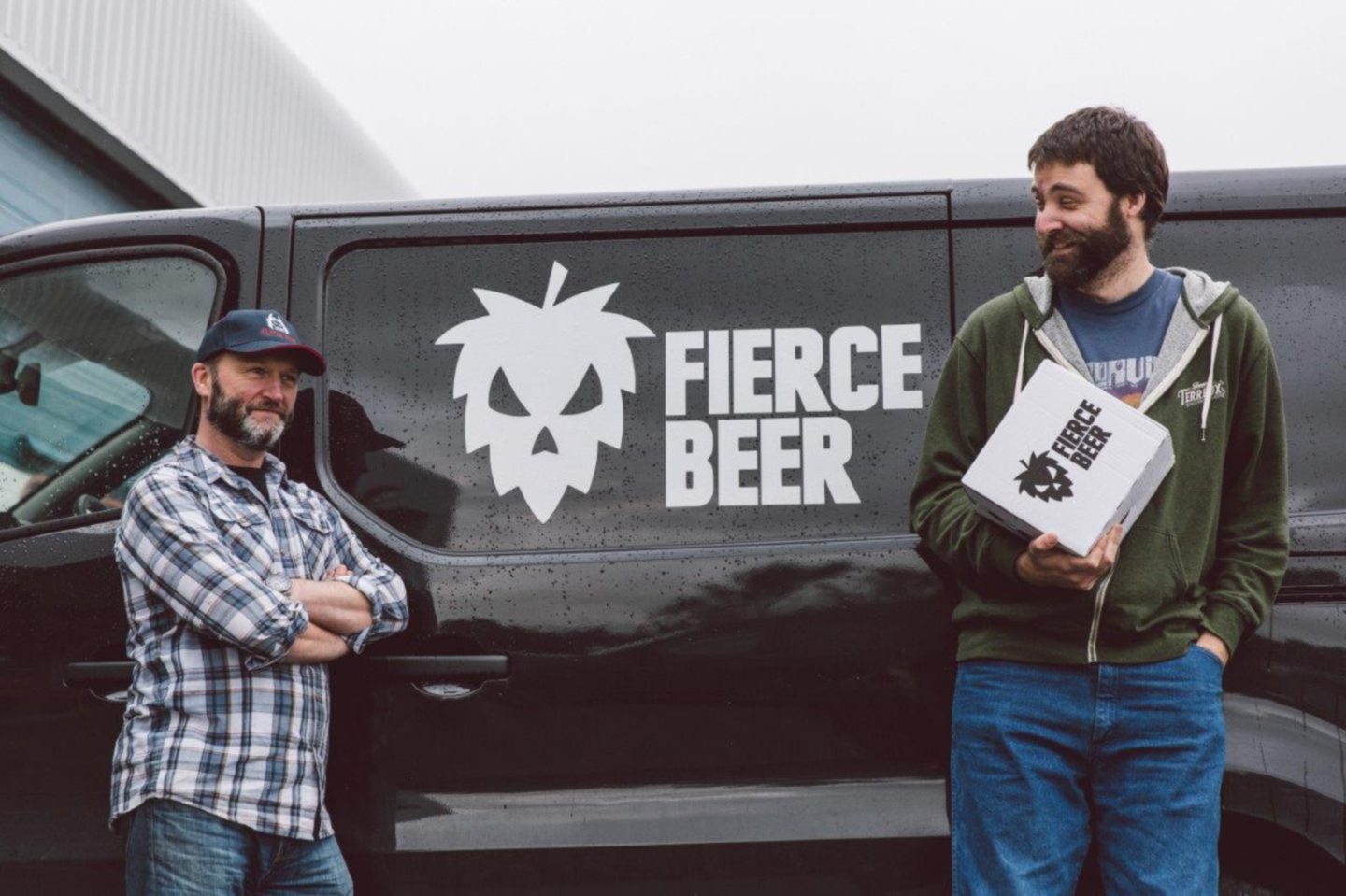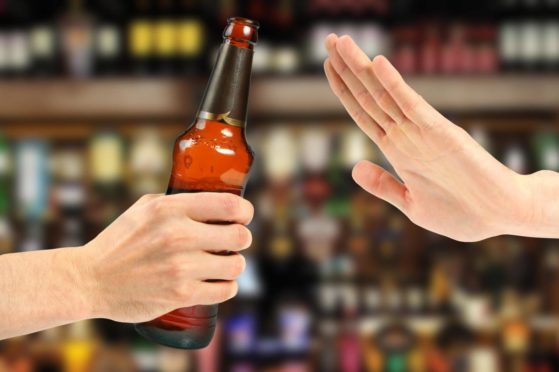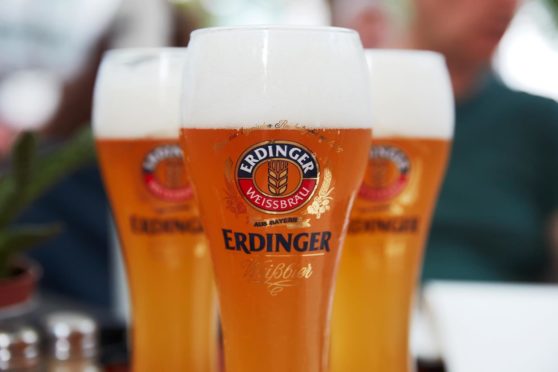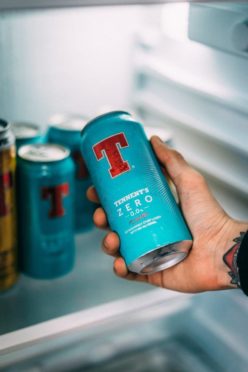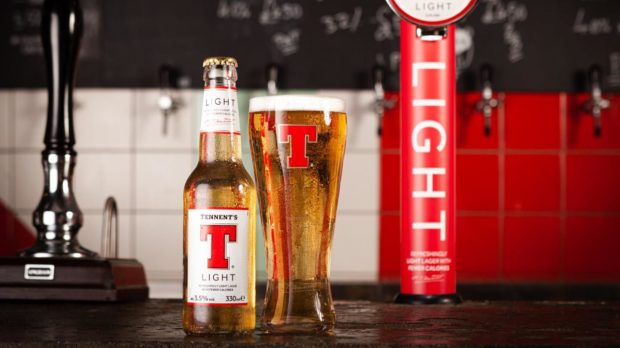Have you swapped your drink of choice for a low or non-alcoholic beer in the last couple of years? If you have, Brian Stormont found out you’re not alone.
The non-alcoholic and low alcohol beer market is booming as many people are now choosing to swap their pints for healthier choices.
Sales of non-alcoholic beer in the UK grew by 58% between 2019 and 2020, while many well-known brands experienced falls in sales with Beck’s seeing a 26% drop in 2019 and Carlsberg 11%.
It begs the question, why are more people turning to non-alcoholic beers or ales lower in alcohol?
The selection and quality of non-alcoholic beer that is available nowadays is a far cry from what could be obtained only a few years ago.
With the likes of north-east craft beer producers BrewDog releasing brews specifically for the non-alcoholic market, its profile has been raised and is now far more appealing to, in particular, a younger market.
Demand increasing
Dave Grant, the managing director of Fierce Beer, agreed that demand for non-alcoholic beer was definitely increasing.
While Fierce don’t currently have an offering, it is something they are planning to respond to, but increasing sales of traditional beer in the wake of the country coming out of lockdown are making it difficult.
“We are actively working on this, however are struggling to find tank space with the massive demand for regular beer at the moment. It is one to get rolling when we have time.
“Demand for it has definitely increased.”
Helps with weight loss
From a health point of view, there are huge benefits of drinking less alcohol and switching to non-alcohol or alcohol-free products.
It is a real consideration if you are following a healthy diet or trying to lose weight.
Stuart Malcolm, district development officer for Slimming World, said that drinking too much alcohol can also lead to dangerous habits, such as eating after a night-out and indulging in fatty takeaway foods.
Covering an area from Anstruther to as far north as Wick, he said: “Alcohol decreases our inhibitions, so in addition to the calories we consume in alcohol, we’re oh-so-easily tempted to eat the high-calorie foods we love!
“What’s more, alcohol actually stimulates our appetite – so, the more we drink, the more we’re compelled to eat.
“Switching to a soft drink or alcohol-free brand is a great way for our Slimming World members to avoid the danger of the high-fat and sugary foods we crave after an alcoholic drink (or two!).”
What’s more, alcohol actually stimulates our appetite – so, the more we drink, the more we’re compelled to eat.
Stuart Malcolm, Slimming World
The coronavirus pandemic saw our drinking habits change a lot. Some 74% of people have actually struggled with their weight and actually gained weight during lockdown, revealed Stuart.
“Calories in alcohol are higher than most people realise and they don’t fill us up like food would.
“We have been talking a lot about it in our groups so that our members know if they want to improve their health and lose weight, then going past a few drinks can easily pass their tipping point – four pints of beer, two glasses of wine – which is not a lot at all.
2lb a week weight gain
“Once they pass that all our best intentions disappear and we can consume as much as another 1,500 calories. Then the next day if we are feeling worse for wear any activity planned can go out the window and they are reaching for the high-fat, high-sugar foods.
“All of that combined can be around 6,000 calories which is a 2lb weight gain a week. If you do that every week then that is a seven stone weight gain.
“Many of our members switch to alcohol-free because of the impact of hitting that tipping point. They know they will not go past their tipping point with alcohol-free.”
Looking for an alternative
Like many people during lockdown, Greg Christie, a draughting team lead, reckoned he was drinking too much.
However, a beer lover, he wanted to continue enjoying the drink so began investigating what was on the non-alcohol market.
The 36-year-old said: “The whole lockdown thing played a big part in it. I found myself drinking more alcohol as there really wasn’t much else to do and it began to take its toll so I started looking into alcohol-free beer.
“I started exploring Instagram a little and I saw some pages that posted alcohol-free beer so I started follow them to get some ideas and began dabbling.
“There are some I have really enjoyed and some that were not so great. However, there is definitely some really good stuff out there.
“It is definitely something that is on the rise with more and more breweries adding an alcohol-free range to their offering.”
And since moving to alcohol-free, Greg has been highly impressed by a number that are just like the real thing, with his health is also benefiting.
“There is definitely a few that I can think of that are just like drinking a beer. I guess you could give them to someone and not tell them that it’s alcohol-free and they would think it was a beer,” he said.
“There is one called Lucky Saint which comes in a little 330ml bottle which is quite distinctive. It is a Bavarian-style lager and I think it’s great. I went on a whim and bought a case of it during lockdown last year and absolutely loved it. It tastes exactly like a German-style lager, really refreshing, nice and crisp.
“A lot of these beers are way lower in calories than a normal beer. There is one called Erdinger if you look on the can or the bottle, it is jam-packed full of minerals and stuff that is good for you.”
Responding to changing habits
One of Scotland’s largest players in the drinks industry is Tennent’s and they have also responded to the growing sales in non-alcohol and low alcohol brews.
Cameron Matthews, senior brand manager, said that research revealed to them many changes in people’s habits.
“People across the UK and Ireland have become increasingly conscious when it comes to alcohol consumption – moderating their alcohol intake, increasing their physical activity and, for some, cutting out alcohol altogether.
“Research we conducted last year found that that 25% of Scots surveyed would be interested in alcohol-free/low alcohol drinks and that 34% are planning to drink more alcohol-free drinks in future.
“We saw a clear opportunity for Tennent’s to step in with the introduction of Tennent’s Zero in 2019, and closely followed by Tennent’s Light in 2020.
“We’ve made a huge commitment to responsible drinking through moves like being the first to support the introduction of minimum unit pricing in Scotland and to voluntarily include nutritional information and CMO guidelines on packaging. While developing no and low products was a commercial opportunity for us, it was also a step we wanted to take towards fulfilling that commitment.”
Great demand
Despite launching Tennent’s Light as the country was entering coronavirus lockdown, the brand has performed well thus far.
“Launching a light beer on draught weeks before the first national lockdown in 2020 wasn’t great timing, but those few short weeks showed great demand for it – so much so we decided to bring our off trade launch forward by 12 months and quickly secured listings in supermarkets and convenience stores. Since then demand for the product has been strong across the board and we see that continuing into 2021.”
And now the new offerings are proving to be an important part of Tennent’s offering, with Cameron explaining: “Drinker trends towards moderation are expected to continue with people looking to cut down on calories and alcohol consumption so we expect the category to go from strength to strength.
“Non and low-alcohol products tend to come with additional functional benefits too – like being vegan or gluten-free, for example – which gives us additional opportunities to cater for people in those lifestyles.
“It’s clear that there’s increasing demand for no and low products, and that’s only going to grow as drinkers expand their repertoires.”

